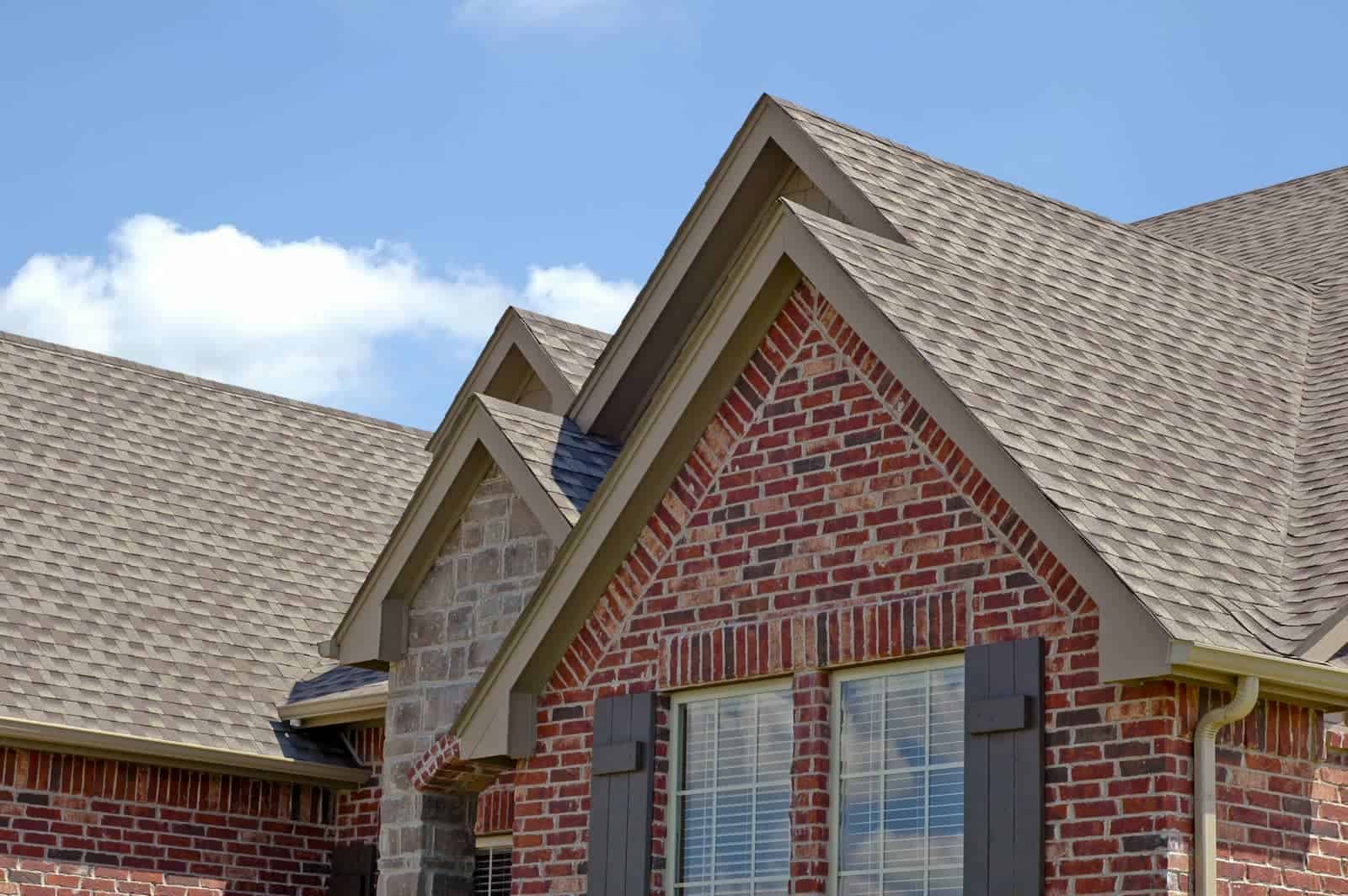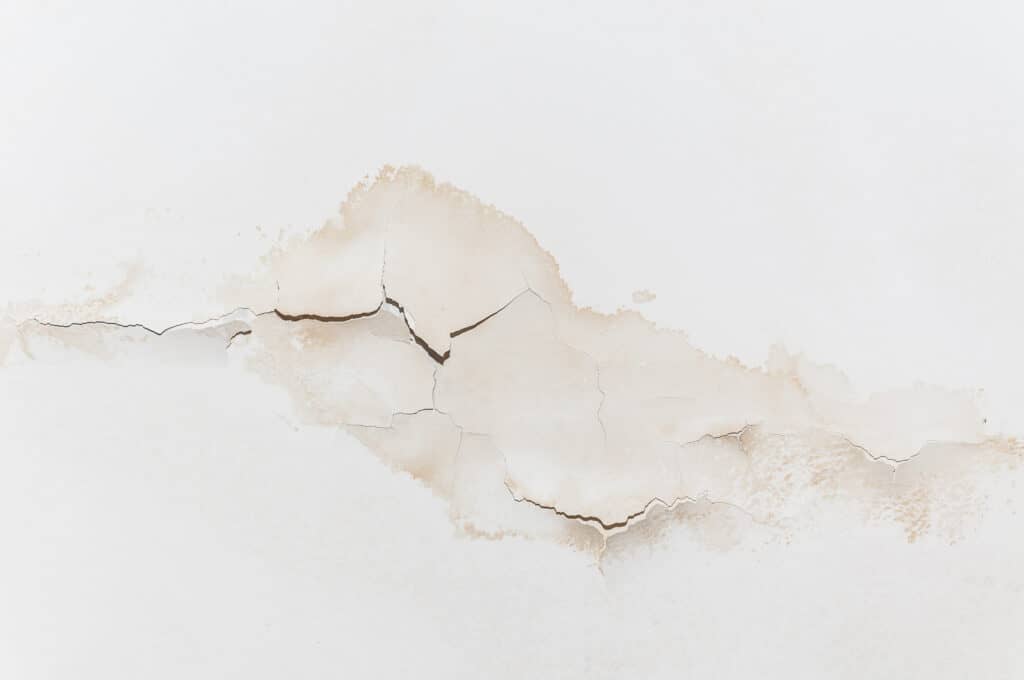
How to Tell if Your Roof Is Leaking
GET A FREE INSPECTIONFree Roof Inspection
A leaky roof is nothing to ignore, hoping that it will go away over time. Leaks will not resolve themselves, and they only get worse as the problem grows. Homeowners should check their roofs regularly, looking for signs of a roof leak. Some of these signs can be easily missed, so learn all about how to tell if your roof is leaking, so you can resolve issues quickly if they happen.
Signs of a Roof Leak
From the outside of the roof, there are some telltale things to look for that indicate a leaky roof. You might notice distorted shingles that look warped or twisted. Sometimes shingles might have cracks, or they might be missing altogether. Finding moss or mold growing on external walls can be a sign that moisture is continuously present in this area. Dripping gutters and flashing damage in the corners and joints of a roof will also be signs of potential weak spots in a roof.
Inside, you might notice mold in your building materials and insulation in the attic. Over time, this mold can even travel down into living areas. Stains are another big sign that a leak is occurring. You might see stains on ceilings and walls, around windows, and in upper corners. Never ignore stains, even if they're small; small stains can be signs of big problems.
Aside from stains, you're most likely to notice roof leaks during heavy rains. If this is occurring, it's important to call for an inspection right away.
More Difficult Signs to Look For
You may have to be extra observant to find a sign of a roof leak in some cases. Some clues are not always easily seen. When removing equipment from the roof, such as an old antenna or a satellite dish, the holes left behind can cause roof damage. Even shingles missing roofing nails can be the source of roofing leaks. Another sign of a roof leak to look for is known as a "shiner." These nails will be on the attic ceiling, and you can see them because they missed the framing member when the roof was installed. On a cold night, you'll see these frosty nails shining when you direct a flashlight on them. During the day when your attic warms up, the frost from the nails will drip down to the surface below causing water damage over time.

Does Home Insurance Cover Roof Leaks?
Whether or not home insurance covers roof leaks depends on the specific terms and conditions of your policy. In general, most standard homeowners insurance policies provide coverage for sudden and accidental damage, including damage caused by severe weather events such as hail, wind, or lightning strikes.
If your roof leaks as a result of sudden and accidental damage, such as a fallen tree or severe storm, your policy may cover the cost of repairs or replacement, up to your policy limits.
However, if your roof is damaged due to wear and tear, lack of maintenance, or other factors that are considered to be within the homeowner's control, your insurance company may not cover the cost of repairs or replacement.
It's important to review your policy carefully to understand what types of roof damage are covered and what your policy limits are. You may also want to consider adding additional coverage or endorsements to your policy to provide more comprehensive protection for your roof.
Can You Fix A Roof Leak From The Inside?
Fixing a roof leak from the inside can be a temporary solution, but it's important to note that it's best to address the issue from the outside to prevent further damage. However, if you need to fix a roof leak from the inside, here are the steps to take:
- Identify the source of the leak: The first step is to locate the source of the leak. Look for water stains on the ceiling or walls and trace them back to the point of origin on the roof.
- Prepare the area: Move any furniture or belongings out of the way and cover the floor with plastic sheeting or drop cloths to protect against water damage.
- Apply a temporary patch: Using roofing cement or a similar product, apply a temporary patch to the area of the roof where the leak is occurring. Make sure to cover the entire area where water is entering.
- Place a bucket under the leak: To catch any water that may continue to drip, place a bucket or container under the area of the leak.
- Call a professional roofer: While patching a roof leak from the inside may temporarily stop the leak, it's important to call a professional roofer to address the issue from the outside. A licensed roofer can inspect the roof for any underlying damage and provide a more permanent solution.
How RoofClaim Can Help
It's not advisable to try and repair a roof leak yourself.
RoofClaim is a roof replacement company network, specializing in matching contractors with homeowners who need a roof replacement. We have a full-service and convenient process that starts with a roof inspection by drone or satellite imagery, then moving on to a high-tech AI solution that matches just the right contractor to your unique roof specifications. Our self-service model gives you step-by-step notifications of every aspect of the process, and you control how and when you receive notifications, whether by SMS or email.
If you have questions, please call and speak with a representative, or chat with a representative online. After learning all about how to tell if your roof is leaking, contact us for an inspection and to speak with a roofing expert about commercial or residential roof replacement options.

